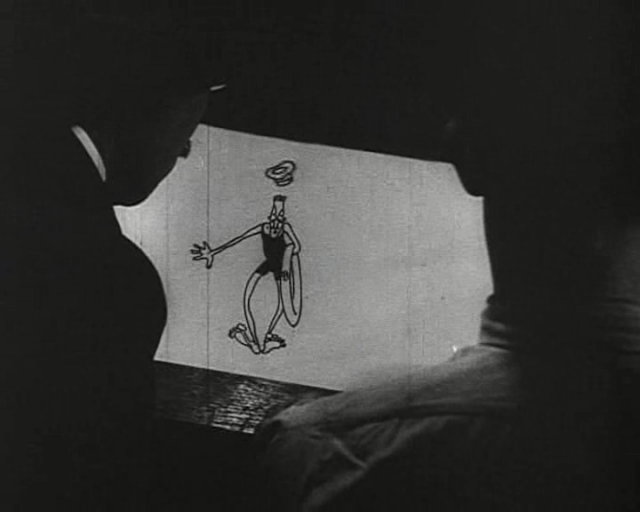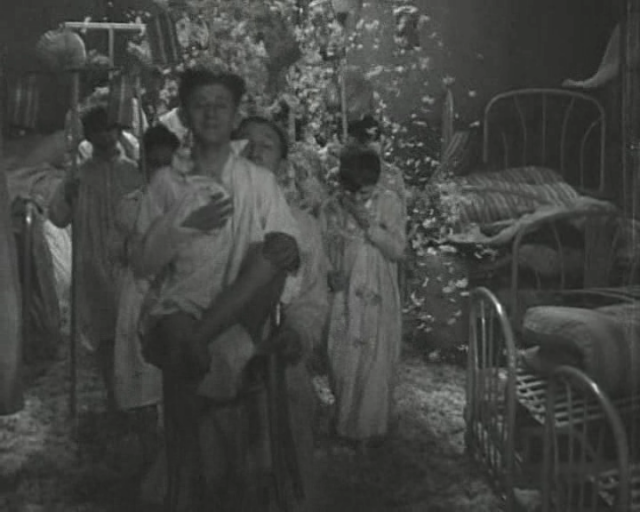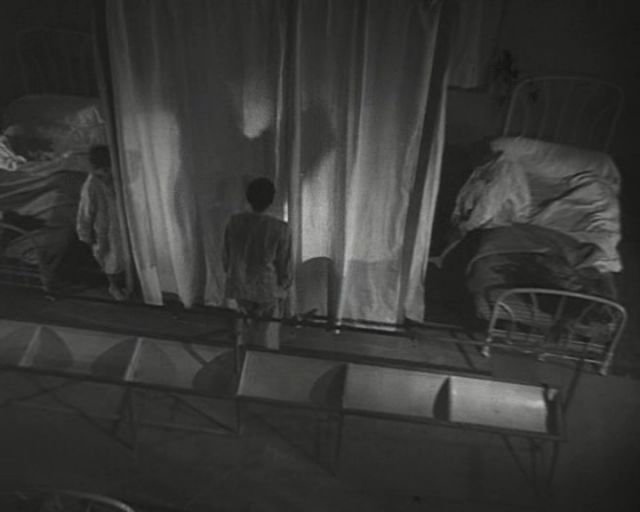Zero de Conduite / Zero for Conduct (1933)
“War is declared! Down with teachers! Up with revolution!”
|
Synopsis: |
|
Genres, Themes, Actors, and Directors:
Response to Peary’s Review: At only 41 minutes long, Zero de Conduite is more a series of loosely cohesive vignettes than a traditional narrative. Vigo’s primary concern is with establishing a specific milieu — a seedy boarding school somewhere in France, where fat old teachers feel free to fondle pretty young boys, the headmaster is a tyrannical midget, his assistant steals food from the boys, and the chef cooks beans for dinner night after night. As the “story” progresses, it heads in an increasingly surreal direction — but unlike Bunuel’s L’Age d’Or (1930), for instance, Vigo’s screenplay only gradually reveals its fantastical turn, in a few delightfully select moments (a teacher’s drawing comes to animated life; the boys are somehow able to completely upturn a teacher’s bed while he’s sleeping). As with his only feature-length film, L’Atalante (1934), Vigo collaborated with cinematographer Boris Kaufman and composer Maurice Jaubert to create a number of provocative images and sequences — including the infamous “feather pillow fight” (watch for a surprising bit of frontal nudity as the boys progress in a slow motion parade afterward — Vigo was fearless), and the liberating finale. Redeeming Qualities and Moments:
Must See? Categories
(Listed in 1001 Movies You Must See Before You Die) Links: |






One thought on “Zero de Conduite / Zero for Conduct (1933)”
Agreed – a must as being “an historically important classic of French cinema”.
I’d seen it before. Though I don’t find it as powerful as Vigo’s ‘L’Atalante’ of the following year, and though it doesn’t resonate for me personally, its influence on (as stated) films such as ‘The 400 Blows’ and ‘If…’ – and who knows what else? – is so apparent that it deserves a viewing by ffs.